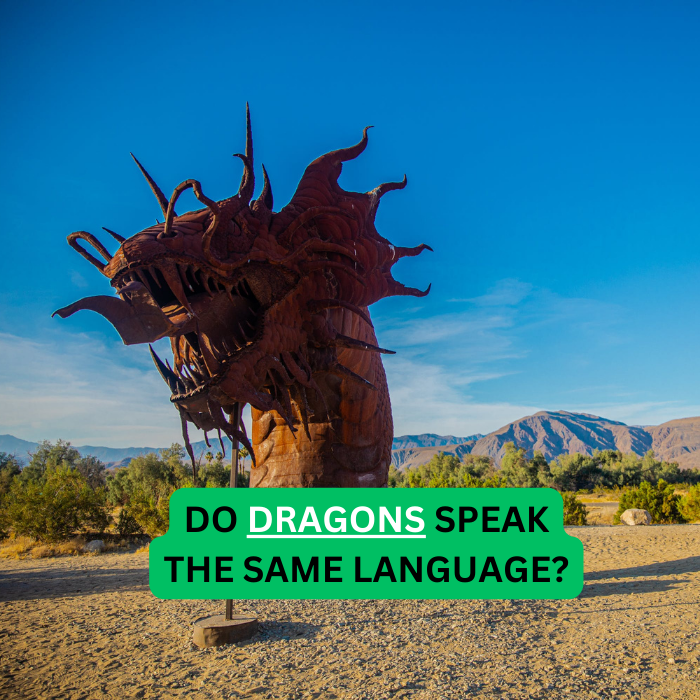Roars Across Borders , Exploring the Diversity of Dragons Speak Worldwide

Do Dragons Speak Really? Dragons have slithered and soared through the tapestry of human stories for centuries, leaving their fiery mark on folklore and mythology worldwide. These mythical creatures Dragons, often portrayed as majestic or fearsome, vary in appearance and characteristics across cultures. Let’s embark on a journey to explore dragons in the rich tapestry of human imagination.
- Roars Across Borders , Exploring the Diversity of Dragons Speak Worldwide
- 1. Chinese Dragons: The Benevolent Protectors
- 2. European Dragons: The Fire-Breathing Adversaries
- 3. Norse Dragons: Serpents of the Sea
- 4. Japanese Dragons: Water Spirits and Shapeshifters
- 5. Slavic Dragons: Guardians of the Cosmos
- 6. Aztec Dragons: Feathered Serpents of Creation
- 7. Hindu Dragons: Guardians of Treasures
- 8. African Dragons: Guardians of Knowledge
- 9. Arabian Dragons: Serpents in the Sands
- 10. Australian Aboriginal Dragons: Dreamtime Creators
1. Chinese Dragons: The Benevolent Protectors
In Chinese folklore, dragons are symbols of power, wisdom, and good fortune. Unlike their Western counterparts, Chinese dragons are often depicted as benevolent creatures, associated with rain and agriculture.
These long, serpentine beings are revered and celebrated during festivals, embodying positive energy and protection.
2. European Dragons: The Fire-Breathing Adversaries
In European mythology, dragons take on a more sinister role. Often portrayed as winged, fire-breathing beasts, they guard hoards of treasure and pose formidable challenges to valiant knights.
Tales of Saint George and the Dragon and Beowulf reflect the heroic struggles against these mythical adversaries, highlighting the cultural significance of overcoming challenges.
3. Norse Dragons: Serpents of the Sea
Norse mythology introduces sea dragons, colossal serpents that dwell in the depths of the ocean. Jörmungandr, also known as the Midgard Serpent, encircles the Earth and is a harbinger of chaos.
Norse dragons embody the untamed forces of nature and the mysterious depths of the sea.
4. Japanese Dragons: Water Spirits and Shapeshifters

Japanese folklore features dragons known as Ryu, which are water deities associated with rainfall and bodies of water. These creatures are often benevolent and possess the ability to shapeshift.
The symbolism of Japanese dragons extends to imperial insignia, representing strength and protection.
5. Slavic Dragons: Guardians of the Cosmos
In Slavic mythology, dragons are revered as cosmic beings that guard the world and its cosmic order.
Zmey Gorynych, a three-headed dragon, is a prominent figure in Russian folklore. These dragons are often defeated by brave heroes, symbolizing the triumph of order over chaos.
6. Aztec Dragons: Feathered Serpents of Creation
Quetzalcoatl, the feathered serpent, is a prominent figure in Aztec mythology. This dragon-like deity is associated with creation, fertility, and wisdom.
Revered as a benevolent force, Quetzalcoatl contrasts with the Aztec god Tezcatlipoca, symbolizing the duality of life.
7. Hindu Dragons: Guardians of Treasures

In Hindu mythology, dragons are often depicted as Nagas, serpent-like beings associated with water and fertility. Nagas guard treasures and possess both divine and malevolent characteristics.
They play a significant role in Hindu cosmology and are sometimes revered as protectors of the environment.
8. African Dragons: Guardians of Knowledge
In African mythology, dragons or serpent-like creatures are often associated with wisdom and knowledge. In various cultures, these beings are revered as guardians of sacred sites or repositories of ancient wisdom.
The symbolism of serpents in African folklore underscores the connection between these creatures and the pursuit of knowledge.
9. Arabian Dragons: Serpents in the Sands
Arabian mythology features dragons known as Jinn, powerful supernatural beings associated with the desert. These serpent-like creatures are often depicted as both benevolent and malevolent, capable of shape-shifting and possessing magical abilities.
Tales of Arabian dragons add a mystical element to the vast desert landscapes.
10. Australian Aboriginal Dragons: Dreamtime Creators

In Aboriginal Australian mythology, the Rainbow Serpent is a central figure associated with the Dreamtime, the creation period. This serpent-shaped being is a symbol of fertility, life, and the interconnectedness of all living things. What is your thought about Dragons Speak
In conclusion,
The Rainbow Serpent’s presence in Dreamtime stories highlights its role as a creator and shaper of the natural world.
The diverse representations of Dragons Speak in folklore and mythology offer a glimpse into the collective imagination of humanity. From benevolent protectors to fearsome adversaries, these mythical creatures continue to capture our fascination and inspire timeless tales across cultures.

